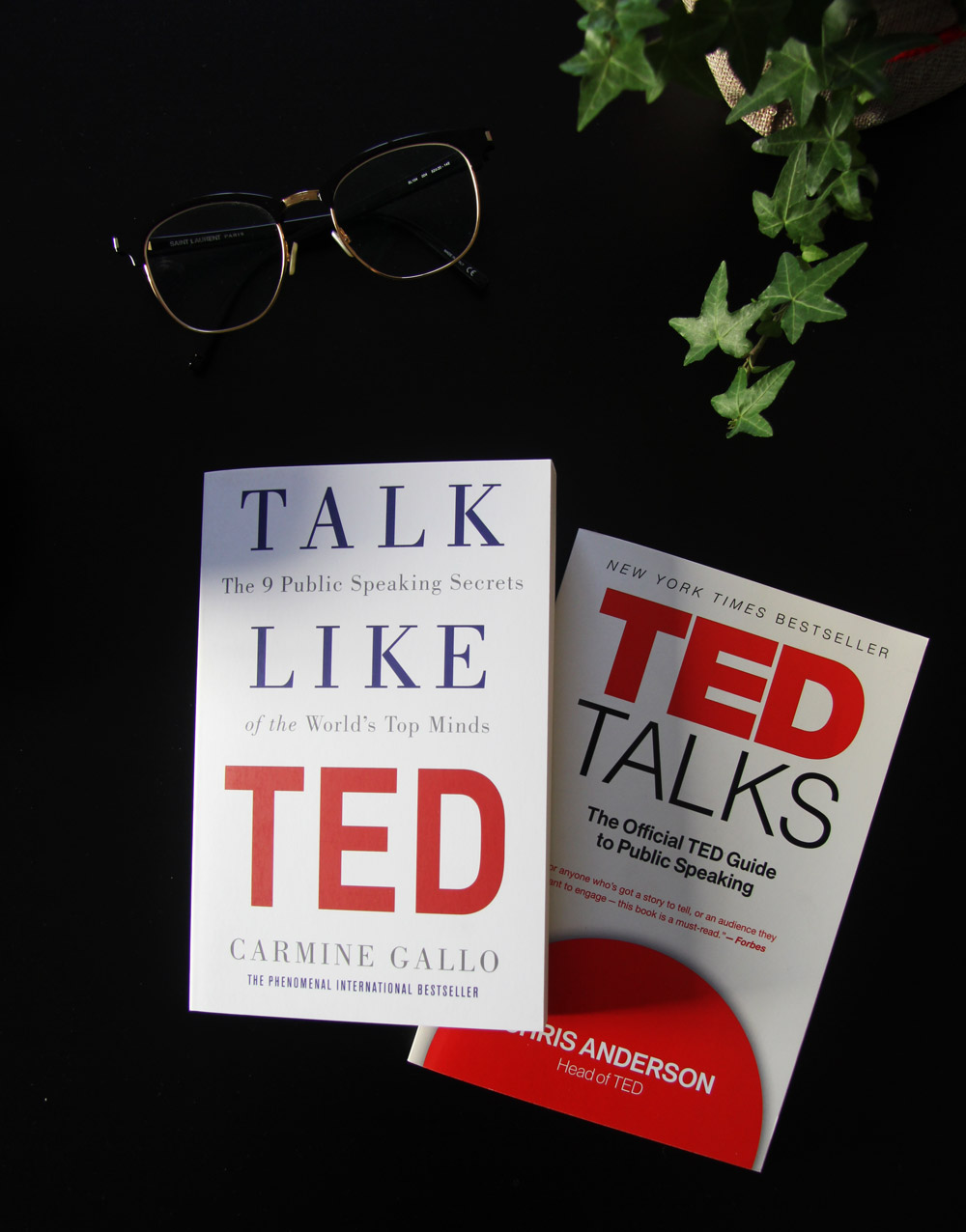
What I learned from Ted Talks – the official TED guide to public speaking
In my line of work, it’s almost mandatory to be able to create presentations, to suit a specific target audience as well as being able to communicate clearly and straight to the point. In front of an audience. Either it is a department, various stakeholders in a project or a board.
I’ve previously written about how to create successful presentations, years ago. But presenting is one thing – public speaking is quite another, However, they are related for sure.
I’m always looking for ways to improve my public speaking skills and of course, my goal is to be as good as any TED speaker. That is what I strive towards. To be able to captivate an audience and take them on a journey even though I’m sharing something on a weekly meeting or presenting a project at work.
To aid me in improving my public speaking skills, I do several things, books are one of them and I picked up two books that are related to TED talks. In this post, I will share key takeaways from the TED Talks – the official TED guide to public speaking.
What is your point?
Always have a core idea or message that you want to convey
When you develop your throughline structure is key
In the book, Ken Robinsons’ structure for talks are revealed:
- Introduction – getting settled, what will be covered
- Context – why this issue matters
- Main concepts
- Practical implications
- Conclusion
If you are wondering who this is, Ken Robinson has one of talks with the highest numbers of views of the TED talks available online.
Connect with your audience
Make eye contact right from the start
Tell a story
Especially if you are talking about a topic that is, for example, a concept in relation to data, having a story to explain how you can utilize it, even in a business presentation context is highly useful. In regards to both explaining and capturing your audience attention.
Practice makes perfect
There are many ways which you can approach your speech. Either you can memorize it to a tee, or you can have cards or whatever works for you. What’s important though, is that you practice your speech as much as possible. Practice does really make perfect.
Visuals should be used to enhance your speech – not cause death by powerpoint
The three categories are:
- Revelation
- Explanatory power
- Aesthetic appeal
If your slides have none of above – redo them!
The book also has nifty checklists, that I really appreciated and think are handy. Especially while you are creating your concept for your talk. I highly recommend this book as it’s a valuable tool in developing your speeches and taking your public speaking to the next level.
As for tingly neves, well that is an entirely different book!
